Trick Out Your Bike for More Fun (and Safety) With Accessories
Picking out the bike that's right for you can take some time. Once you have, you'll then want to look at a number of accessories to make your riding safer and more enjoyable.
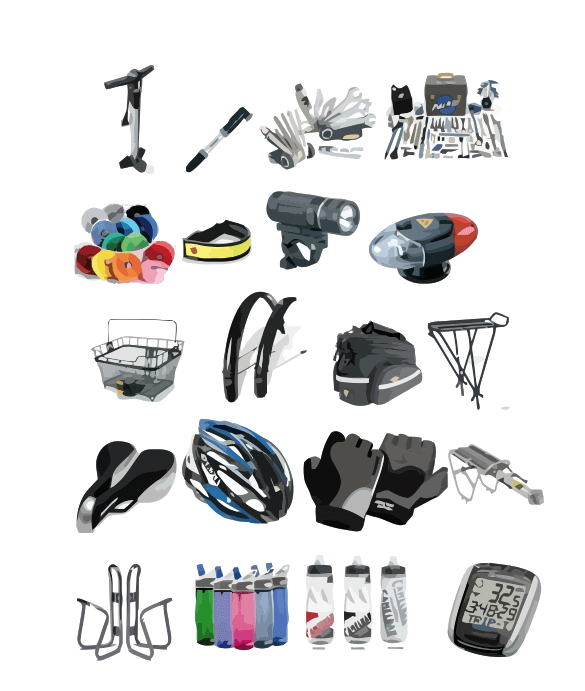
Be Seen Be Heard
These accessories won't make you a cool rider or give bragging rights, but they'll increase the safety of bike trips. For street riding, lights are not designed to make it easier for you to see i.e. they aren't flashlights. Their purpose is to help drivers see you. So your best bet is to have a bright front and rear light, but also consider a light or a reflector for your wheels so you can be seen from the sides. And even if you have lights, reflectors are still a good idea as they won't burn out or drain batteries. Reflectors also have the advantage of “lighting up” when a car is approaching with its lights on.
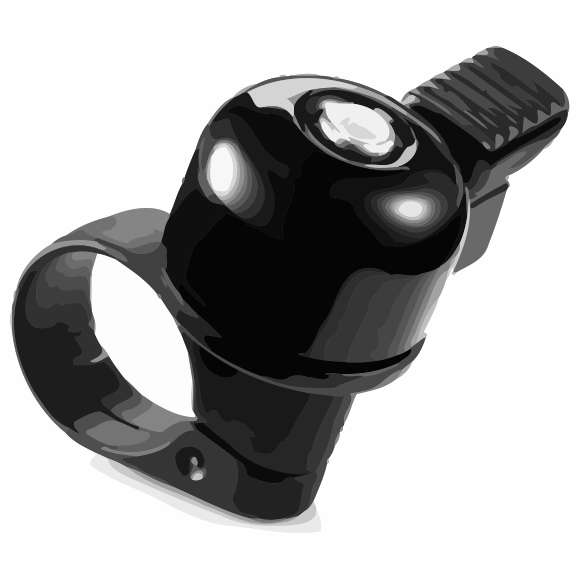
Bells and Whistles
Bells aren't just for emergency situations, but also to warn people about your presence. For example, if you're riding near parked cars, there's nothing wrong with dinging your bell occasionally just in case someone is about to open their door. In most places, it is a legal requirement to have a bell on your bike. The good news is that they cost just a few dollars.
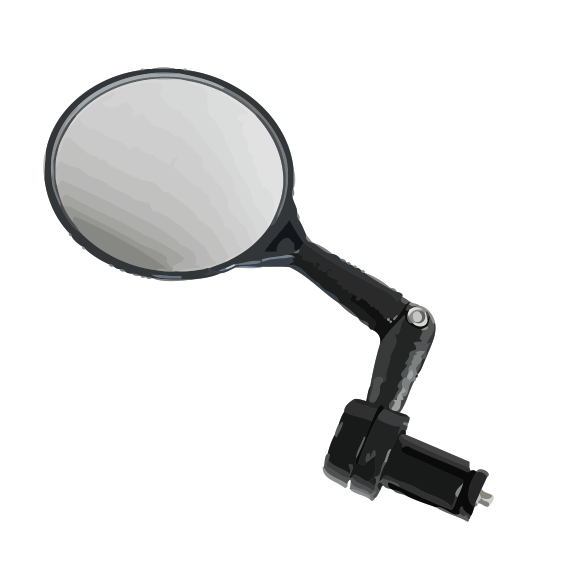
Mirrors
I'm not sure why mirrors are seen as uncool by so many cyclists, but I consider a mirror essential. I want to know what's coming up behind me. Of course, even with a mirror you shouldn't ever neglect to actually turn your head to check for traffic when changing lanes. The hard part with mirrors is to find one that fits with your type of handlebars. It seems to be a challenge for manufacturers to design good quality, well fitting mirrors. This has been a particular problem for drop handlebars of the sort you see on road bikes.
Computers
There is no shortage of cycling computers on the market. They range from the simplest, which tell you how fast you are riding, to ones that measure your heart rate and have interactive route maps. You can spend hundreds of dollars on the latest and coolest, but be sure to consider your true needs. If you do a lot of long distance riding, in uncharted terrain, sure you might want the latest Garmin with its mapping capabilities. If you ride the same routes all the time, a simple speedometer/odometer might be all that need. If you are seriously training for an event you might want to consider one with a heart rate monitor, but you will have to wear a transmitter around your chest.
Computers can come with wires or be wireless. The sensors will attach to your front fork while a magnet on the spoke will transmit the information to the receiver/display on your handlebars. Some computers have the sensor on the back wheel, which is important if you use an indoor trainer in which only the back wheel spins.
Measuring cadence (how fast you are pedaling) is something else to consider, as not all computers have this ability. The ones that do require a sensor to be installed on the chainstays, with a magnet on the pedal arm.
Power Meter
A power meter is a high-end device used to measure how much force, in wattage, you are exerting while pedaling. For the average rider it's a luxury item. For professionals it has become essential. This device is part of the crank arm and crankset. Be warned, such meters aren't cheap; you will need to spend at least $1500 to acquire one. Its basic purpose is to assist in training, and to give constant feedback to the rider, in terms of power exerted, so they can better pace themselves.
Clothing
If you're a serious enough rider consider investing in some cycling shorts. They have padding in the obvious places to increase comfort, which translates into more efficient and longer riding. They also reduce friction and are more aerodynamic. Note that you're not suppose to wear anything between the shorts and your skin. Otherwise, wrinkled clothing or an elastic can cause skin irritation. Most cycling shorts are made of spandex, with the inside padding made of chamois.
Cycling jerseys are made of breathable material, with their main advantage being aerodynamics. Most of them have specially designed pockets in the back which are handy for carrying power bars and other small items you want ready access to.
Pedals
I'm including pedals as an accessory because even half-serious cyclists will change the pedals that their bikes come with. In fact, most bikes over $600 or so don't even come with pedals as the expectation is that the rider will choose their own. Having said this, the type of pedals you choose should depend mostly on how much you want to spend, what kind of riding you do, and what kind of shoes you plan on wearing.
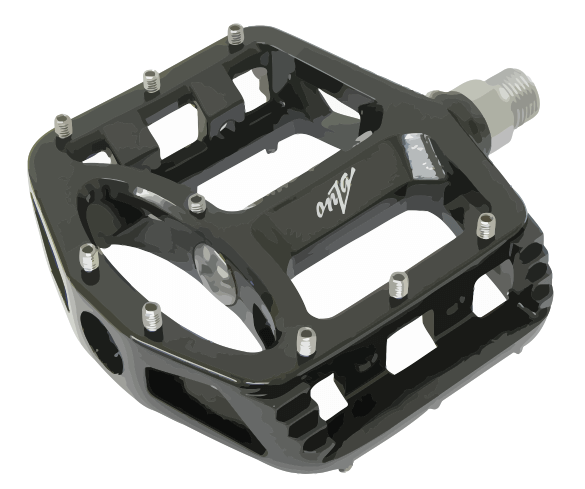
Regular Pedals are just that — regular. They are flat on both sides with no clips and no straps; you just step and push. However, there are varying levels of quality and you can certainly feel the difference particularly in extreme situations. The less expensive ones will not turn as smoothly and will offer resistance. Plus, their lifespan is typically shorter. If you go with these I recommend you buy ones that are a bit on the larger side with small metal spikes to prevent slippage during wet conditions. The pedals shown here are specifically for mountain bikes, but I prefer them for just regular riding. I really like the larger area for my foot.
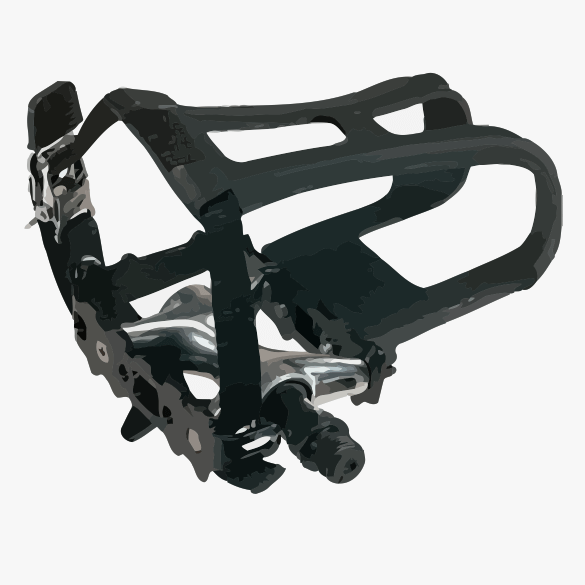
Regular Pedals With Strap come included with toe clips and straps, or you can be install them afterwards. The clips and straps will assist you in keeping your foot in the proper position and in applying pedalling pressure throughout more of the rotation. However, be warned that having your foot strapped in can lead to a dangerous situation when you want to quickly remove your foot, such as when coming to a stop. If you can't remove your foot fast enough you will fall over.
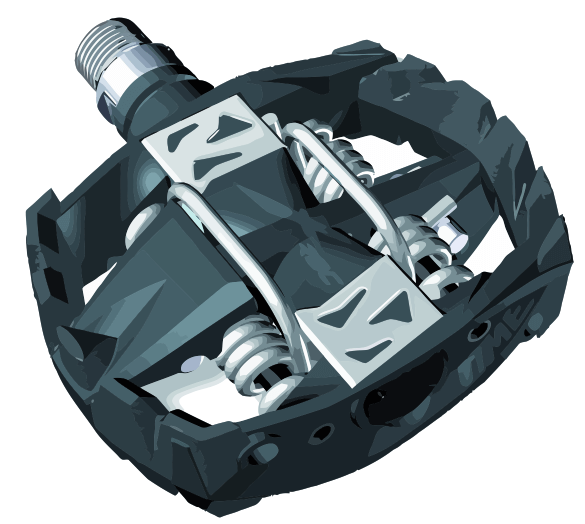 MTB Clipless Pedal
MTB Clipless Pedal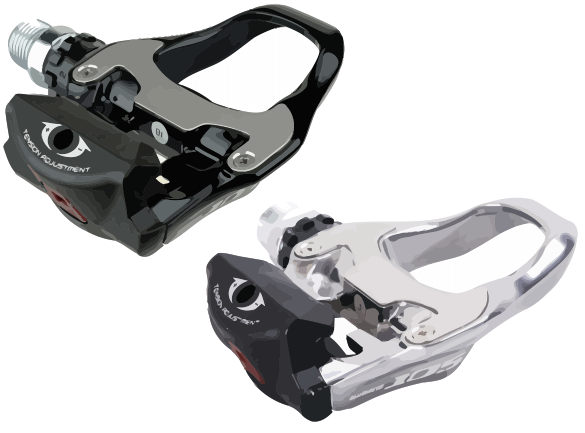 Road Bike Clipless Pedal
Road Bike Clipless PedalClipless Pedals, as the name implies, don't have toe clips. The term is misleading though as it originates from years ago when clip-in pedals meant the toe clips with the strap. When this new system came about, the manufacturers decided to call them clipless (not with toe clips). Perhaps a better term would have been cleated pedals which is exactly what they are. Under the shoe is a cleat, which locks into place on a specially designed pedal. When most people first see this method they think it is dangerous as your foot is locked in. In fact, this method is safer than toe clips with a strap because you can easily remove your foot via a quick, short twist of the foot. You see, the cleat is only designed to hold your foot in pace when linear force is applied. As soon as lateral force is applied the foot comes loose. In addition, the spring mechanism is adjustable so you can decide how much force is needed to remove your foot from the pedal.
There are many types of clipless pedals available on the market. Be sure to choose one that matches with the cleats on your cycling shoes!
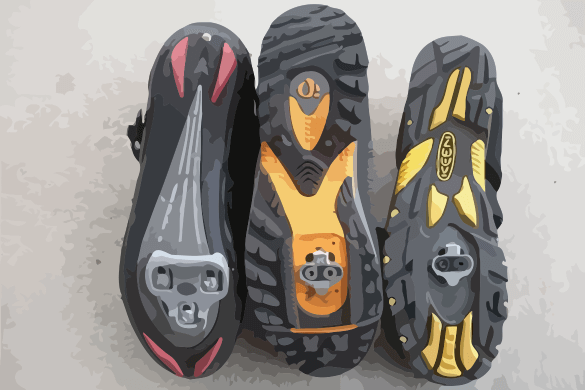
Cycling Shoes-Two Major Categories
A cycling shoe looks and feels almost like a running shoe, but has a stiff sole. This means it will not easily bend in the middle. So, as you pedal your foot will remain mainly flat and more force will be transferred to the pedal and therefore make your pedaling more efficient.
Mountain bike shoe, is fairly thick and strong. The cleats fit on the bottom and are recessed allowing you to walk on them. This can be very handy if you dismount from your bike regularly.
Road bike shoe is lighter and looks more aerodynamic. It is usually stiffer than a mountain bike shoe. The cleats stick out from the bottom, which makes them much more difficult to walk in. In addition, the cleats will become damaged if you try to walk in them. If you have a road bike, but do a lot of walking while out riding, there is nothing that says you can't wear mountain bike shoes, as long as the cleats and pedals are compatible.



Leave a Reply